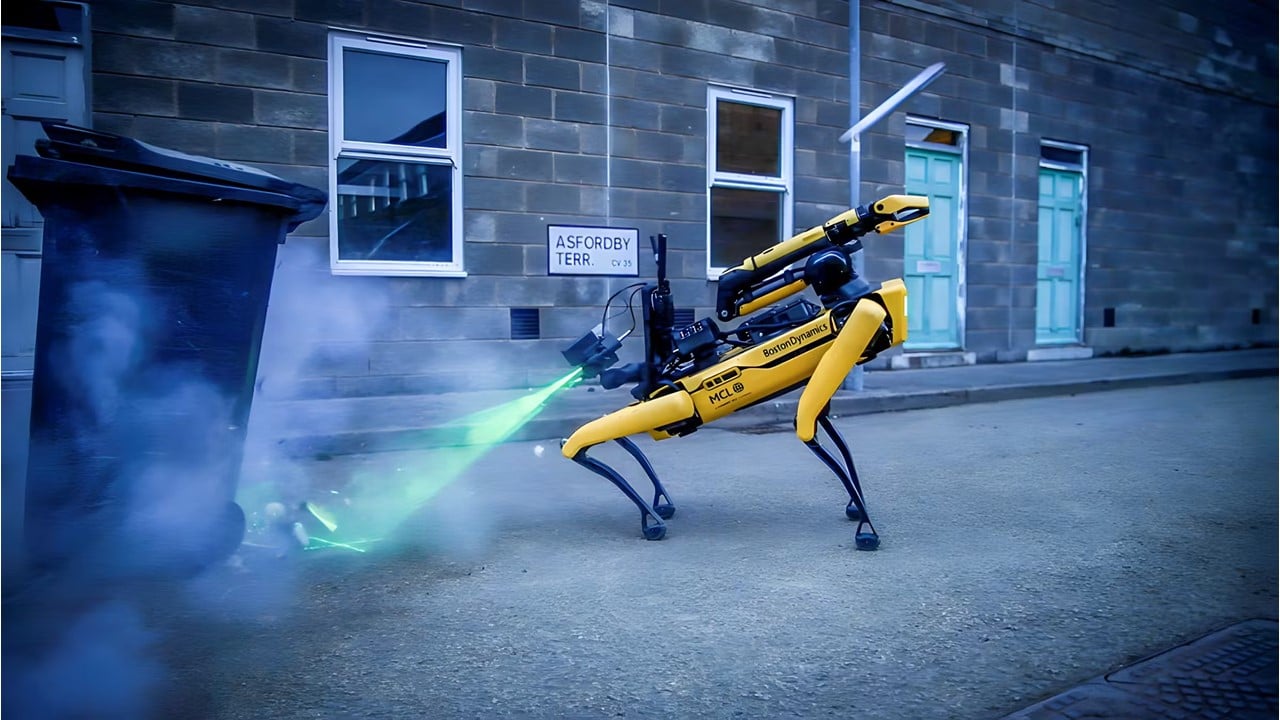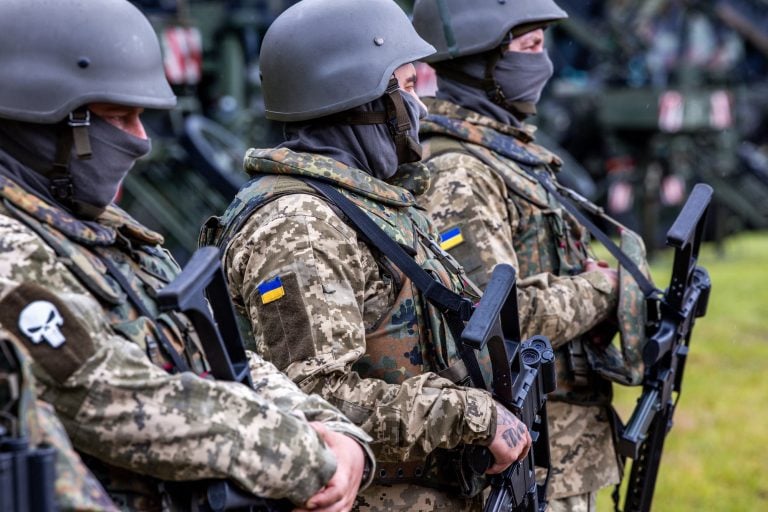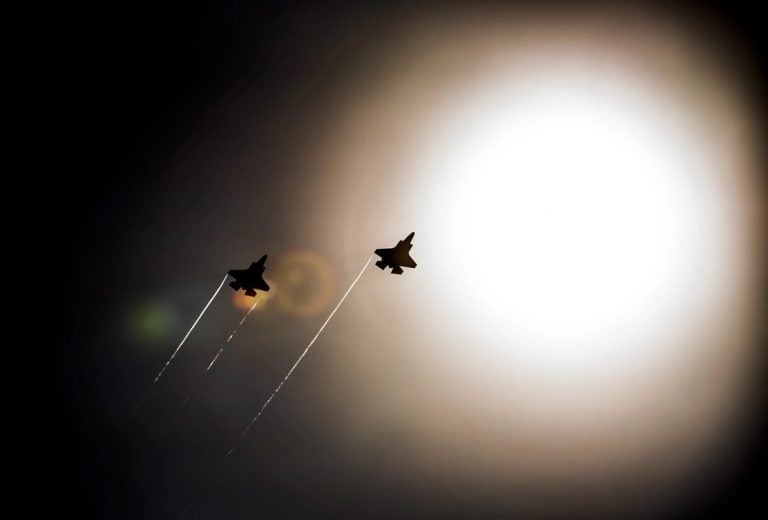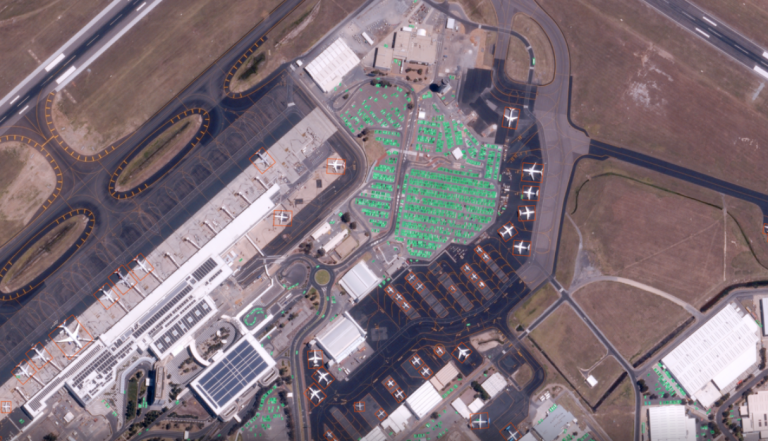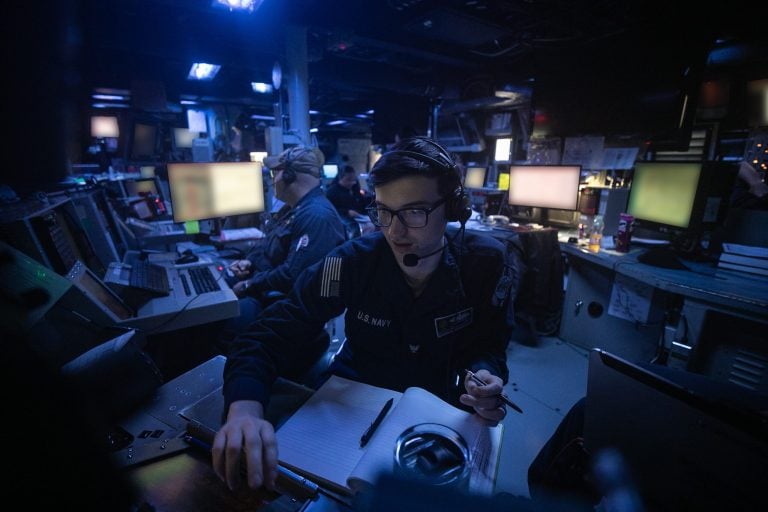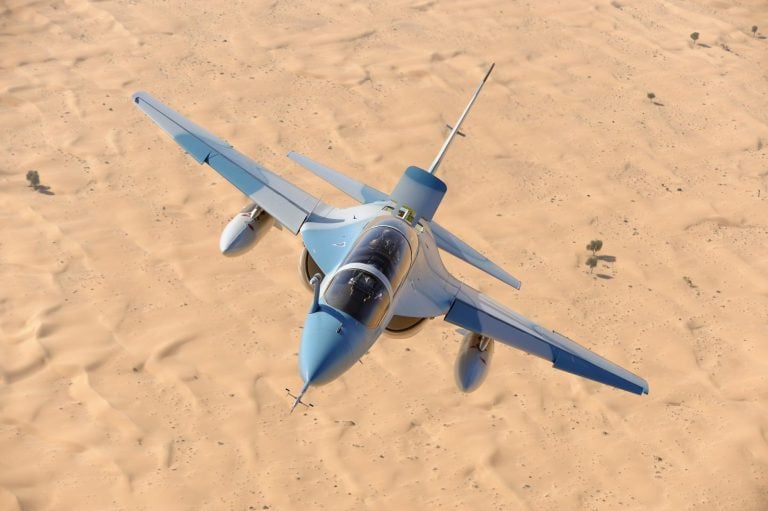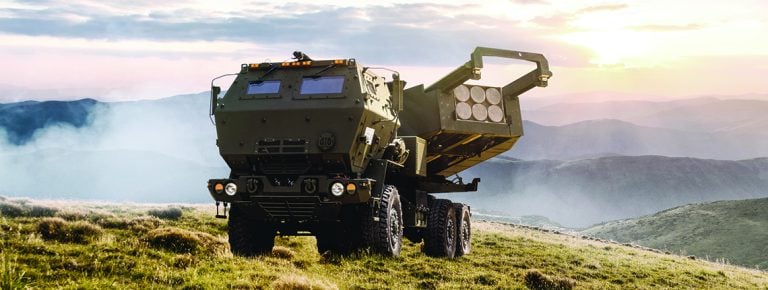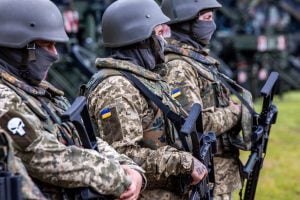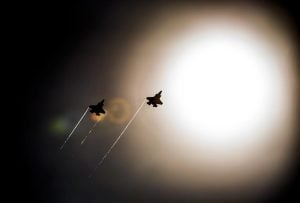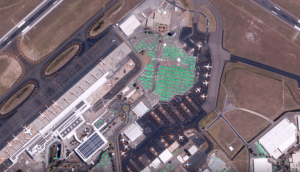In a groundbreaking demonstration aimed at enhancing safety in bomb disposal operations, the UK Ministry of Defence (MoD) has successfully deployed quadruped unmanned ground vehicles (Q-UGVs) to detect and neutralize explosive threats. During a comprehensive four-day trial orchestrated by the Defence Science and Technology Laboratory (Dstl), these advanced robotic systems exhibited the capability to autonomously navigate complex environments—performing tasks such as opening and closing doors, climbing stairs, and inspecting improvised explosive devices.
The trial was designed to showcase the technological advancements in explosive ordnance disposal, focusing particularly on minimizing the risk to human personnel. When the robotic units detected explosives, they were equipped to deploy disruptors effectively, rendering the devices safe for removal or detonation. This innovation signifies a major advancement in bomb disposal tactics, with the potential to significantly reduce the danger faced by military operatives both in the UK and during international missions.
Although specific models of the robot dogs utilized in the trial have not been disclosed by Dstl or the MoD, it is evident that these Q-UGVs are powered by artificial intelligence, enabling them to conduct remote classification and identification of threats. This capability allows for precise movements and operations that are critical in high-risk scenarios.
Andy Bell, an official with Dstl, emphasized the strategic importance of this technology, stating, “This is a great example of how the UK MoD can achieve an advantage through the exploitation of technology, fusing together military and commercial systems to keep our people and country safe from deadly threats.” His remarks underline the ongoing commitment to leveraging cutting-edge technology in defense operations.
Defense Procurement Minister Maria Eagle echoed these sentiments, highlighting that the advancements in robotics reflect a dedicated effort to ensure the safety of military personnel engaged in protective duties. The insights gathered from this live trial will be instrumental in refining the capabilities of the Q-UGVs, ultimately enhancing their effectiveness in future operations.
With the successful demonstration of these robotic systems, the UK MoD is on the brink of a significant evolution in how explosive threats are managed and neutralized, potentially setting a new standard for operational safety in military contexts.
